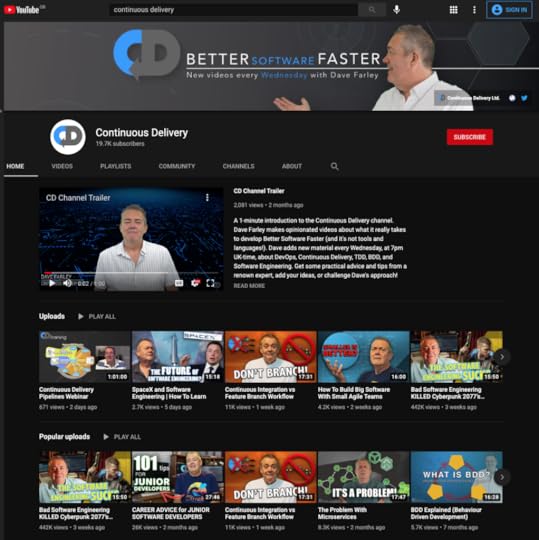Is SAFe safe?

I recently made a passing comment in one of my videos about SAFe, it was a bit of a cheap-shot on my part if I am honest and I got picked-up on it, appropriately, by a viewer.
It is too easy to take cheap-shots at things, so here is my slightly more reasoned explantation of why I am not a fan of SAFe.
My Experience of SAFeMy direct experience of SAFe is limited, but I have worked with several clients that have adopted it as their corporate agile strategy.
The results that I have seen have been in-line with the predictions that I would have made based on my reading of the SAFe approach, and so has tended to reinforce my opinions, and no-doubt, prejudices.
Not Obviously Wrong But…I have said for years, since I first became aware of SAFe’s existence, that if I look at any small piece of it, while it looks too bureaucratic to me, it is mostly not wrong.
Many people dislike the commercial stuff around SAFe, but for good or ill we live in a capitalist world, so I have no objection to that.
My reticence, and experience, is that I have never seen it work successfully, and I don’t know anyone, anyone that has seen a real successful agile project at least, that claims to.
This is a limited sample of course, and depends on how we measure success, but the orgs that I have seen try SAFe look indistinguishable from the orgs that pay lip-service to Scrum to me. In both cases, they look like waterfall orgs to me.
How Orgs ChangeThe problem is less a problem of SAFe itself, but more a problem of my perception of how people, and in particular, organisations, adopt change. On the whole they try really hard not to adopt any change at all!
Organisational and cultural inertia is a real problem, and a real barrier to progress. This means that these orgs will read SAFe and then try to force-fit it into their pre-existing mental model. I think that SAFe’s problem is that it looks too much like what went before, therefore fits too neatly into the wrong mental models.
Revenge of the Mutant MethodologiesWhen I first saw SAFe it reminded me, very strongly, of a previous attempt, RUP (Rational Unified Process). If you looked at RUP from the perspective of small iterative, what these days we’d call, “agile”, teams then RUP made good sense. I was involved in several successful projects based on a very light-weight adoption of RUP. I think that is probably what its creators intended.
The problem was that almost no-one in industry saw it that way. RUP was designed as a kind of self-build-kit for development process, attempting to point (for me strongly) at a more iterative, collaborative (we’d now say “agile”) approach.
What nearly everyone read though was “Ok, so we have to do all this extra paper-work and bureaucracy to do”. One of the first steps in RUP was “select the important artifacts that you will use”, what nearly everyone did was “pick all of the artifacts that RUP ever mentions”. In practice it was often the most bureaucratic version of waterfall that you have ever seen.
The Release Train PlateauSAFe looks like that to me. There are things that I think are wrong, more complex and wrong, in SAFe.
I dislike the idea of Release Trains, and think that they are an anti-Continuous Integration step, in my experience they often move teams further from where they need to be rather than closer. In some ways you can see Release Trains as a step along the way to Continuous Delivery, in practice they seem to me to, much more commonly, represent a plateau that halts team’s progress towards a more effective flow-based approach.
CD Works Better!In one of my more successful consulting projects I worked with a moderately large team in a very big organisation, that had nominally adopted SAFe. There were several hundred people in the team that I was working with.
Inevitably, I guided them using Continuous Delivery principles. Starting points were “work so that your SW is always releasable” and “optimise for speed of feedback”. This team outperformed, based on internal company metrics, every other team in the org and now acts as an example and coach for others in the org.
It is Hard to ChangeI don’t think SAFe is evil, I can imagine some circumstances, with the right combination of people, where it would work. The trouble is that you can say that about anything, even waterfall sometimes works by accident, if you have people in-place that can navigate it.
I think that SAFe is misguided.
It is incredibly difficult to make changes in big orgs, but I don’t see any evidence that SAFe helps on that journey.
Having said all of that, my experience is limited, please do let me know in the comments where I am wrong in this?
———————
You can watch me explain more of my thoughts over on my Continuous Delivery YouTube Channel

David Farley's Blog
- David Farley's profile
- 94 followers



